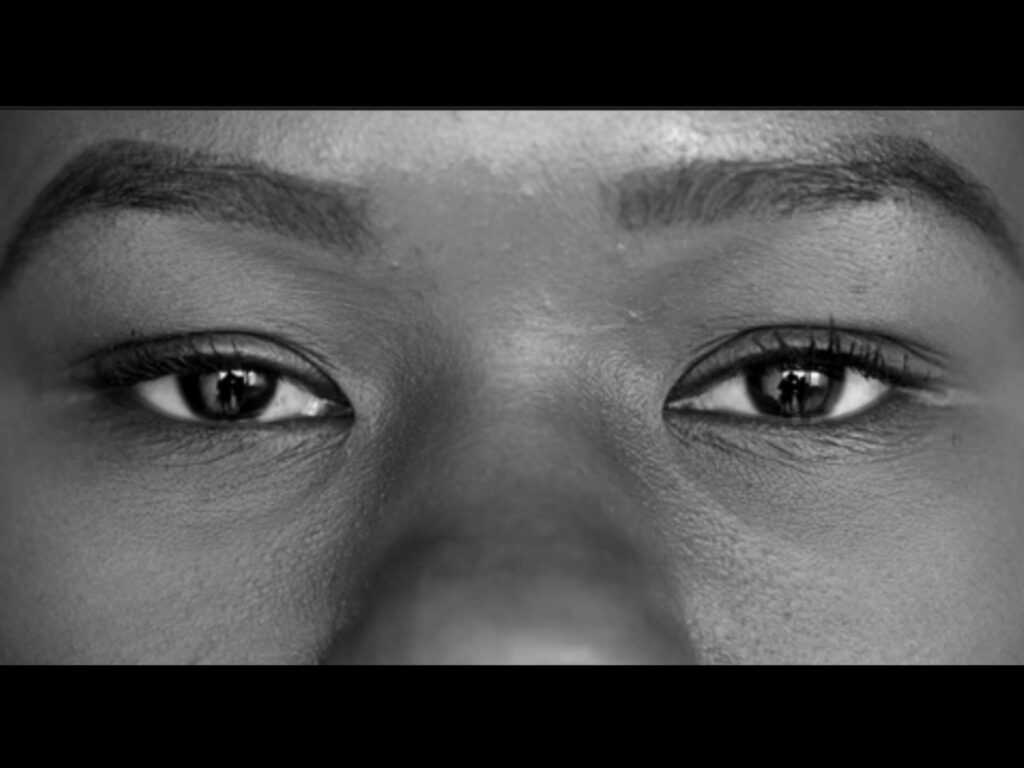Filtering Black Art Through White Eyes

Before I send out a story, I give it to Black and Brown hands around me and ask the same question. Is it too Black? They know immediately I’m not asking if the Blackness of my characters is too much or overwhelming. I don’t care if my characters make my readers uncomfortable. Instead, what I want to know is whether I’ve filled in the gaps between White culture and Black culture so that a white audience can follow along, or more specifically, so that the white gatekeepers in publishing will understand.
Although there has been a push for diversity of stories, the publishing field is still overwhelmingly White, with the workforce remaining 72.5 percent white. Journal mastheads, agents, editors, and heads of acquisitions across our seemingly homogenized industry, the people tasked with charting its more diverse future—ironically couldn’t be farther from that goal the industry seeks to achieve. The result is that stories and art created by people of color are still being filtered through white sensibilities, leading to white-leaning stories and homogeneity. Consequently, Black people seeking representation through traditional publishing must consider white gatekeepers as they create, and it’s reflected in our stories.
I see this in the shows I watch and the books I read. Short asides that explain why the character wears a bonnet. Conversations by all Black groups that go into the details of why they’re washing their meat. I do it in my own stories. I find myself writing paragraphs of explanations on why everyone at the Thanksgiving table was upset when I brought pumpkin pie instead of sweet potato pie. The cultural background that no Black viewer would need to understand underscores that even Black art cannot prioritize Black audiences. That even in intimate black spaces, theoretical White audiences must always be included.
More than just the necessity of inclusion, Black artists’ understanding that their work will need to be approved by the white gaze shapes the stories that are told. We begin to write what we know White audiences want. Black artists have learned to navigate the world of storytelling to gain acceptance, but it has left its mark on the stories we tell and left less room for stories out of the box. This is not a new problem. In 1950, Zora Neal Hurston discussed the lack of diversity in the publishing world in her critical essay “What White Publishers Won’t Print.” Hurston discusses publisher’s unwillingness to publish works with complicated, full Black characters and instead lean toward stories that enforce racial stereotypes or highlight racial struggle. She states, “It is urgent to realize that the minorities do think, and think about something other than the race problem.” Seventy years later, Black authors are still echoing her sentiments.
For a while, it looked like there might be hope that the publishing world was diversifying in ways that would alleviate this issue. After the period of “listening and learning” during the George Floyd and Black Lives Matter protests in 2020, the publishing world seemed to be grappling with the systemic racism that left the field overwhelmingly White. Galvanized by the social media storm that had followed the #PublishingPaidMe movement that showed the difference in advances by color, Richard Jean So and Gus Wezerek’s Just How White Is the Book Industry? exposed the racial disparities in a study and put numbers to the anecdotes. Their study showed in 2018 only 11 percent of published authors were authors of color and connected that percentage to the racial imbalances of people who worked in publishing houses. Following this conversation, Black editors, mastheads, and agents started to appear as mission statements were edited to include verbiage about marginalized communities and the search for diverse voices. The pledge to diversity included diversifying the staff, increasing acquisitions of books by authors of color, and broadening the range of stories people of color were allowed to tell.
The push, however, was short-lived. The progress made over that period has been largely eroded with Big Five publishers publicly letting go of the hires they publicized in the tumultuous time. In the New York Times article ‘A Lot of Us Are Gone’: How the Push to Diversify Publishing Fell Short, Lisa Lucas details how she was abruptly fired and how although it was shocking to literary circles, it followed a pattern of letting go of the Black staff publishing giants had hired in 2020. As Dhonielle Clayton sums up, “these Black women who were brought in, publishers looked at them as disposable rather than creating industry titans, which is what they deserve to be.” As the political landscape has changed and the backlash to diversity has become more prominent, Black staff were treated as disposable and the acquisitions of Black stories were put on the back burner. This regression is even more troubling when the progress was already so limited, especially in executive positions where leadership remained 76.7 percent White. At no point during this push was real change made that significantly increased diversity, with the percentage of Black professionals and authors remaining largely consistent. Instead, big-name publishers relied on hiring Black women to positions of power and then refusing to do the work that would include Black professionals on every level. To then see them abandon the Black women they relied on to save their image and double down on their lack of inclusion speaks to the long-term plans of publishing, which unfortunately do not include a prioritization of Black stories.
As a Black writer, the process is demoralizing. I’m aware that I cannot change the publishing world. Instead, I have opted to not let the publishing world change me or my stories. I have started to move my writing away from what is expected of Black stories. A conscious decision to take my red pen and scratch out the attempts to translate my culture while writing directly to my audience. An audience I have decided is Queer Black girls struggling with their identity. Everyone else is welcome, but the understanding of Queer Black girls is what I seek. Their stories alone are who I seek to represent. In this decision, I struggle with the knowledge that if I’m not pleasing White readers, my audience may never be more than my daughters, the original Black Queer audience I write for.
The piece I’m working on now is messy. The character struggles with being biracial, holding onto her blackness, and finding herself in the South. It does her story a disservice to repeatedly stop and ask her to filter her culture through a white lens so that her struggles are more understandable.
So, I have not asked her to.

